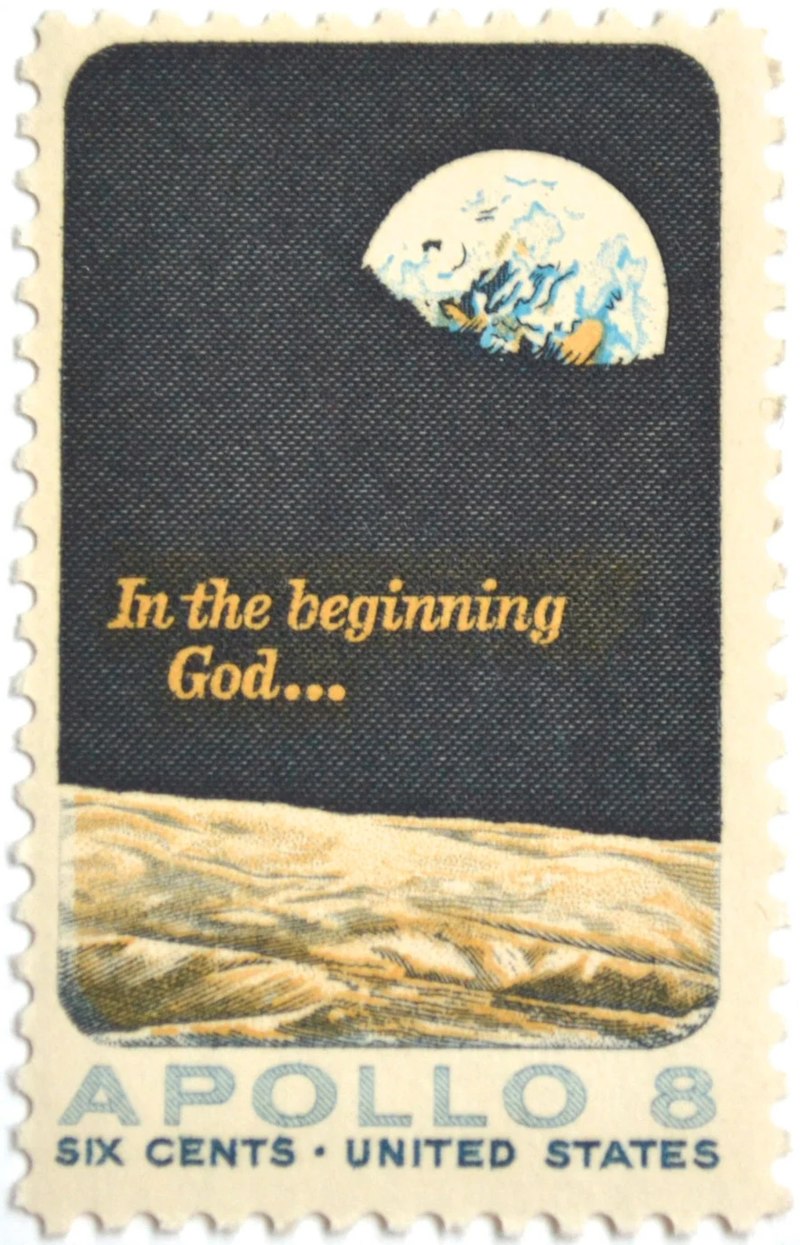
Apollo astronaut Maj. Gen. (ret.) William “Bill” Anders passed away on June 7 in the San Juan Islands, Washington. In 1968, as a historic Apollo 8 mission member, Bill Anders became one of the first three humans to venture beyond Earth’s immediate grasp and orbit the Moon.
During this groundbreaking mission, Anders captured a photograph on December 24 that would become one of the most iconic images in history — the “Earthrise.” This remarkable image, showing Earth rising above the Moon’s horizon, revealed our planet in a way never seen before, suspended in the infinite darkness of space and bathed in sunlight.
The photograph offered, for the first time, a new perspective on our planet and its place in the universe, emphasizing its delicate beauty and the need for preservation.
A Moment of Serendipity in Space
The Apollo 8 mission was historic for being the first manned voyage to orbit the Moon. The crew – Frank Borman, James Lovell, and William Anders – were primarily focused on gathering critical data for future lunar landings and demonstrating that a manned spacecraft could reach and orbit the Moon.
However, as they orbited the Moon on Christmas Eve, an awe-inspiring sight unfolded before them – Earth rising above the stark lunar horizon.
Anders, who was photographing the Moon from the right-side window, caught sight of the stunning view and exclaimed, “Oh my God, look at that picture over there! There’s the Earth comin’ up. Wow, is that pretty!”

He then loaded color film into the camera and took the iconic color photographs of a half-Earth hanging over the lunar horizon, creating what would become one of the most famous images in history.
The spontaneity of the event is vividly captured in a video recreated with data from the Lunar Reconnaissance Orbiter (LRO) by NASA Goddard’s Scientific Visualization Studio.
[youtube https://www.youtube.com/watch?v=dE-vOscpiNc?si=sOhy7l9NKt7RTlOF&w=560&h=315]
In the video, we hear the astronauts’ voices as recorded by Apollo 8’s onboard tape recorder. It begins with Frank Borman announcing the start of the roll maneuver, and we can watch as the rising Earth moves from one window to another as Apollo 8 turns.
In an era before the automation of modern cameras, capturing such a perfect shot was no small feat. The astronauts had to manually adjust the camera settings, frame the shot, and manage exposure—all while orbiting the Moon. The spacecraft’s movement added another layer of complexity, requiring rapid adjustments to ensure the photograph was sharp and well-framed.
Birth of an Environmental Icon
The release of the “Earthrise” photograph had a profound and unexpected impact on environmental awareness. While NASA’s goal was to assert space exploration dominance during the Cold War, the image transcended geopolitical ambitions.
The photograph provided a visual representation of Earth’s fragility and interconnectedness that words alone could not convey, inspiring humanity to think about the planet as a whole, rather than as a collection of disparate nations and ecosystems.
It wouldn’t be an exaggeration to say this single image became a catalyst for the modern environmental movement, sparking a global awakening to the importance of caring for our planet.
Cultural Resonance and Inspiration
Beyond its environmental impact, the “Earthrise” photograph has deeply influenced culture, inspiring poets, musicians, and artists. It symbolizes unity, peace, and the shared experience of humanity. Amidst the tumultuous backdrop of the late 1960s marked by the Cold War and political upheavals, the photograph provided a unifying vision of our world, highlighting our common bonds and the finite nature of our home.
The Apollo 8 mission itself was a monumental step forward in space exploration. It demonstrated the feasibility of a manned mission to the Moon and paved the way for the successful Apollo 11 landing less than a year later. The “Earthrise” photograph, captured during this mission, has become its enduring legacy.

Today, 56 years since its capture, the photograph continues to captivate and inspire.
“Earthrise” is more than just an image. It is a testament to the power of human exploration and curiosity. It reminds us of our place in the cosmos and our enduring responsibility for protecting our fragile home.
It is a call to action, a reminder of our interconnectedness. It encourages us to look beyond our differences and work together to preserve the only home we have.





Be the first to comment